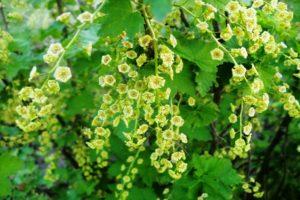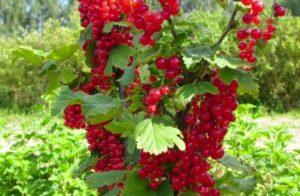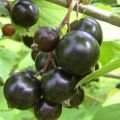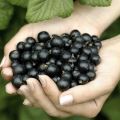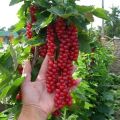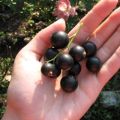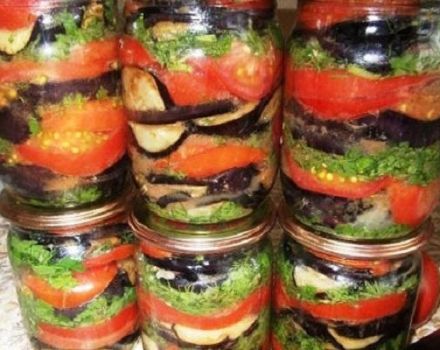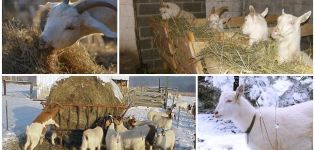Description of the variety of black currant Exotic, planting and care
Large-fruited, early ripening currants Exotic replaced old, gradually degenerating varieties. The hybrid culture fell in love with Russian gardeners for its attractive varietal properties - large-fruited, early ripening, resistance to fungal diseases.
Variety history
Black currant variety Exotica is a domestic product of cross-pollination of the Golubka variety with pollen of the Ershistaya and Orloviya varieties, bred in 2001. Employees of the Siberian Research Institute and the All-Russian Research Institute of Selection of Fruit Crops took part in the creation of the hybrid currant.
The variety is recommended for cultivation in the Central regions.
Description and characteristics
Exotic currant is a berry bush with large leathery leaves, dotted with fine wrinkles. The edges of the plate are serrated. The plant blooms in mid-May with large white flowers, the fruits ripen by mid-July.
Bush
Bushes of the Exotica variety are upright, medium thickening. The currant of this variety, with proper care, reaches the height of human growth. Shoots of the current year are light green. The old ones are lignified, powerful, not sagging under the load of the crop. Adult branches are gray, yellowish at the tops.
Berries
Exotic fruits contain a high concentration of vitamin C. They ripen on a bunch similar to a grape.

The color of thin-skinned berries is black with shine, the shape is spherical. The weight of one piece is 3-5 g, the amount on the brush reaches 10. The taste of the fleshy pulp is spicy sweet and sour, refreshing, with a pleasant aroma.
Features of culture
When breeding large-fruited Exotics, scientists took care of securing useful varietal characteristics that were appreciated by Russian gardeners.
Susceptibility to diseases and pests
In the central regions of Russia, the greatest harm to currants is caused by powdery mildew, a bud mite, because of which gardeners began to destroy old bushes and cultivate new varieties. Exotics is a modern variety with immunity against fungal diseases, opposing ticks.
Exotic currant is resistant to septoria or white spot, columnar rust.
In early spring and after harvesting the fruits, the bushes are treated with Bordeaux liquid, preventing anthracnose, against which there is no immunity. Among insects, the danger is represented by currant glass, gooseberry moth, aphid.
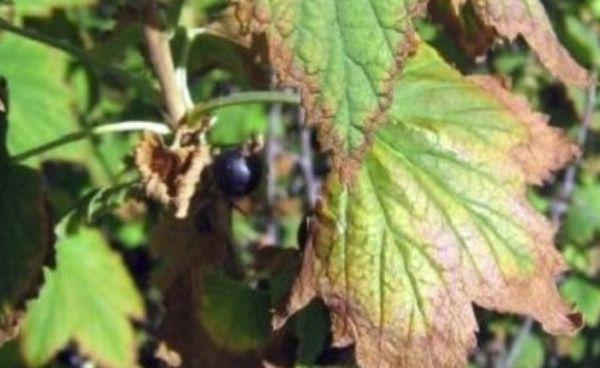
Drought resistance and frost resistance
Exotic currant is not drought tolerant. The plant needs moderate moisture for normal development. Excess water negatively affects the harvest, the culture is affected by fungal diseases, the fruits are covered with mold. Frost resistance (up to -26C) allows planting crops in the central regions of Russia and Siberia.
Early maturity and productivity
Fruit pouring ends in the first half of July. Of the early varieties of black currant, the Exotic variety is the largest-fruited.
With proper care, an average of 3.5 kg is collected from one bush. The disadvantage of the variety is a decrease in yield due to the negative influence of late frosts at the beginning of flowering of the crop.
Transportability and use of currants
Out of a possible 5 points for the assessment of transportability, Exotic currants deserved 3.8. The decrease in the maximum indicator was influenced by the thin skin of the fruit, leading to cracking during berry picking.
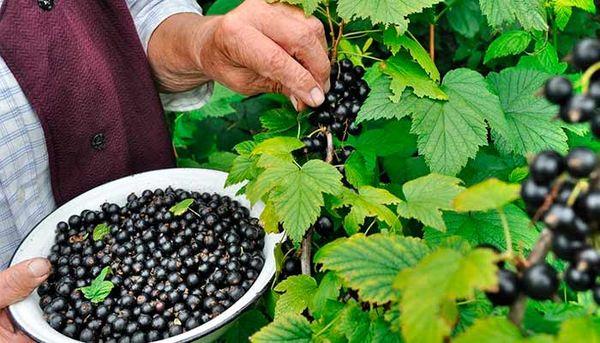
With intact integrity, the crop is stored fresh for 10 days and frozen for up to six months.
Juicy, pleasant sweet and sour taste of the fruit is widely used in the preparation of jam, jam, juice, tinctures. Crushed currants are used to make baking stuffing and sauces.
Vitamins, a complex of minerals in the composition of the culture are fully preserved before cooking. Therefore, fresh fruits are of great benefit. The body's daily need for vitamin C is covered by the consumption of 10–20 berries.
Landing technology
For a successful growing season of black currant, gardeners are advised to follow the advice on choosing seedlings, location, timing and planting technique. An agrotechnical measure performed according to the rules is the key to obtaining a full-weight harvest.
Best timing
Planting Exotics is better in the fall. In the spring it is difficult to decide on a deadline. If you are late, the plant will die. This is due to the fact that the variety quickly begins to vegetate, the seedling does not have time for adaptation and rooting. If the planting material is purchased in the spring, then the time is chosen when the ground thaws by 20 cm.
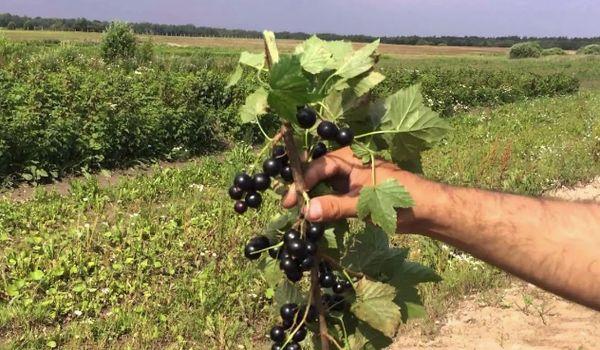
In autumn, the dates are extended in time depending on the climatic conditions of the region. In southern areas - until mid-October, in northern regions - August, early September.
Site and site preparation
With a lack of sunlight, the Exotica variety stretches upward with shoots, the branches weaken, the berries become smaller, the taste changes not for the better. Currants need a sunny place protected from the winds.
The location of neighboring plants is no closer than 1 meter. In this case, the culture has enough nutrients, there is no shading.
Flat areas are suitable, low-lying areas are contraindicated. From stagnant moisture or groundwater lying above one and a half meters from the surface, currant bushes get sick. The best option is a gentle western slope.
Sapling selection
Planting material is purchased in nurseries, proven horticultural associations. Zoned two-year-old seedlings without visible flaws, dried parts of the bark take root better and adapt to climatic conditions.

Pay attention to the development, length (not less than 20 cm), lignification of the root system.
Disembarkation algorithm
To prevent soil subsidence, a hole with a diameter of half a meter and a depth of 40 cm is prepared in advance 14-20 days before planting. The fertile layer of the earth is diluted with a bucket of organic matter (manure, humus), 200 g of superphosphate and ash are added. If there are several plants, keep the distance between them 1-1.3 meters.
Landing technology:
- pour a bucket of water into a prepared pit;
- the seedling is kept at an inclination of 45 degrees, deepening the root collar by 10 cm;
- when burying, make sure that the roots do not stick up, but are distributed evenly in the pit;
- covered with earth, slightly tamped from above;
- I mulch the near-stem circle.
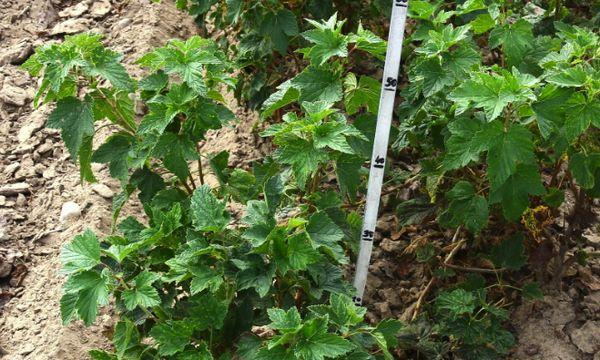
In order for the bush to develop correctly, three buds are left under the soil surface and above it. Excess branches are removed with pruning shears.
For higher yields, other simultaneously flowering currant varieties are planted next to exotic.
We organize care
The development of the bushes, the size, taste and quantity of fruits depend on proper care.
Irrigation and top dressing
Exotic currants are watered in dry, clear weather once a week, being careful not to splatter the foliage and stems. The bush needs two buckets of water at a time. The variety is especially demanding for irrigation before budding, pouring berries.
Staying in one place for a long time depletes the substrate. The culture needs fertilizing with mineral fertilizers and organic matter from early spring to autumn.
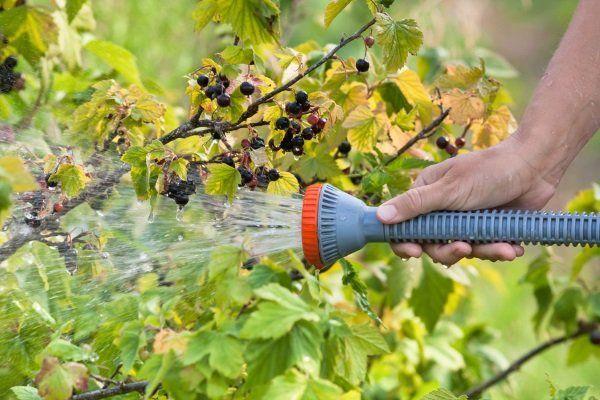
Before bud break, urea is introduced under the bushes, which promotes vegetation. Two weeks later, a second feeding is carried out with organic matter rich in nitrogen - infusions of mullein, bird droppings. If for the preparation of top dressing, manure for a bucket of water requires 2 kg, then bird droppings - 1 kg.
From mid-summer and autumn, currants are fertilized with complexes of minerals with a predominance of phosphorus, potassium or superphosphate and potassium sulfate. After leaf fall, closer to the cold weather, compost or manure is introduced under Exotic, which helps the bush to winter safely.
Bush formation
Pruning currant bushes Exotics stimulates the branching of basal shoots, the regrowth of young branches on old skeletal ones. Thickening, damage to the plant by diseases, pests is prevented.
The first pruning is done immediately after planting. Shoots are shortened, leaving 3-4 buds. In the second year, they get rid of sick, thickening shoots. Starting from the third year, old, non-fruiting branches are cut out under the base, leaving 4 powerful basal shoots.
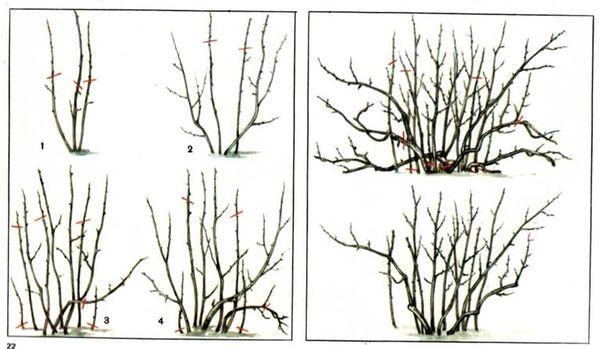
Without fail get rid of damaged by diseases, broken off branches. With a weak growth of basal shoots, two skeletal branches are removed, which continue to bear weak fruit.
Old branches differ from young ones in a darker color of the bark, smaller buds at the tops. A properly formed adult bush includes 10-15 skeletal branches, formed in different years. There are 3-4 branches per year.
Preparing for winter
Preparatory activities include:
- sanitary pruning of diseased deformed branches;
- shallow digging of the periosteal circle;
- abundant watering;
- mulching the ground with sawdust, bark, hay.
In the southern and central regions of Russia, covering material for wintering currants is not used. In the northern regions, branches are wrapped with rope, the culture is insulated with cardboard, agrofibre. A snowdrift is raked into the base of the bush.
Reviews of gardeners about the Exotic variety
In general, judging by the reviews, gardeners appreciate Exotic black currant highly, but note some disadvantages.
Pavel Nikolaevich, 60 years old:
“I planted several currant bushes of different varieties at the same time. After 3 years, I realized that Exotic is the best variety. The berries are large, uniform, ripen in early July. The only negative is that they quickly crumble if not collected in time. "
Anna, 35 years old:
“I didn't like Exotics. I agree that the fruits are large, early ripening. But, for my taste, they are frankly sour. "
Maria, 42 years old:
“The most delicious jam is made from Exotic currants, which I have been growing for 5 years. The variety is resistant to powdery mildew, undemanding to care. The main thing is to cut out old infertile branches every autumn, to feed and water them in time. I noticed one drawback - not enough dry separation. During the harvest, the thin skin of some berries is damaged. "
